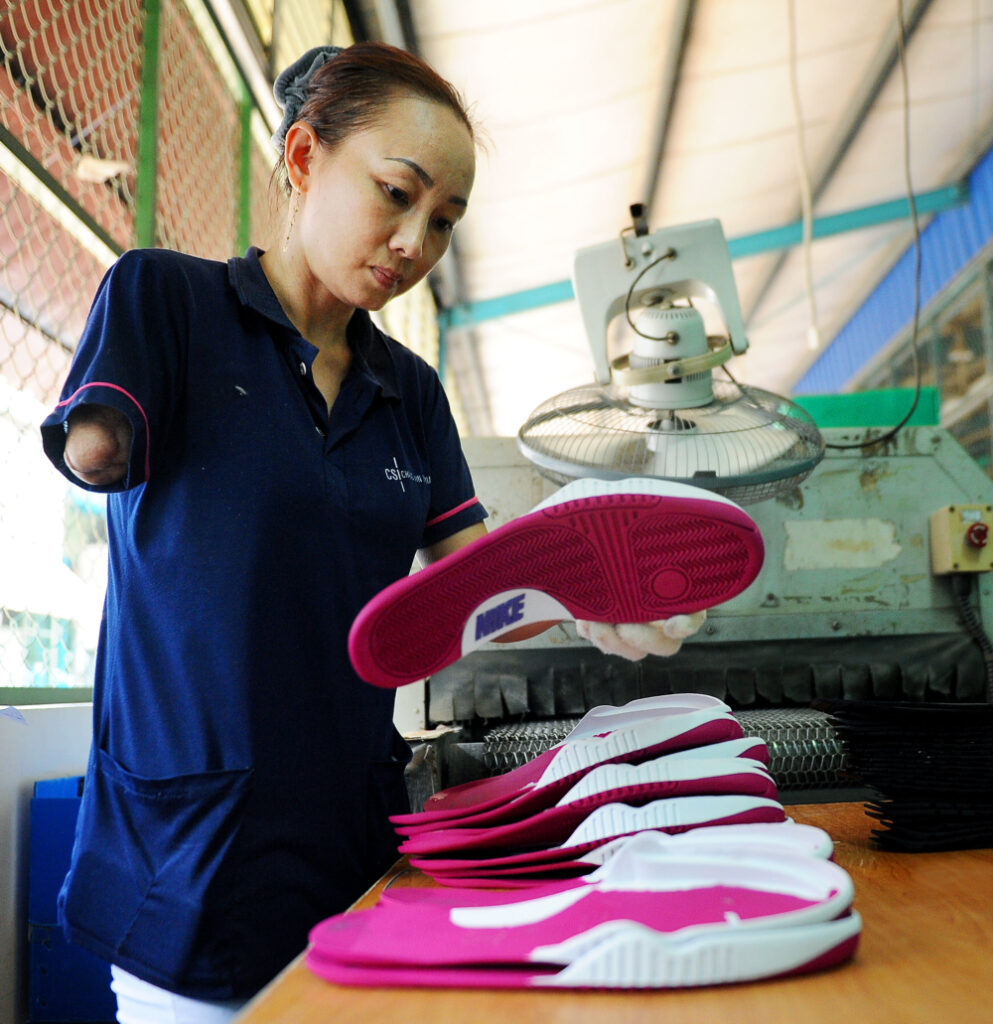New ILO database highlights labour market challenges of persons with disabilities

There are an estimated 1 billion persons with disabilities around the world or 15% of the global population. Most of them are of working age. New labour market indicators are now available on ILOSTAT that reveal the many challenges faced by persons with disabilities compared with persons without when it comes to the world of work.
Adopted by the United Nations General Assembly in December 2006, the Convention on the Rights of Persons with Disabilities enshrines “the right of persons with disabilities to work, on an equal basis with others”, noting that “this includes the right to the opportunity to gain a living by work freely chosen or accepted in a labour market and work environment that is open, inclusive and accessible to persons with disabilities.” The Convention prohibits all forms of employment discrimination, calls for more accommodating work environments and requires States parties to promote access to vocational training and self-employment opportunities for people with disabilities. The Convention also includes provisions for the collection of statistical data (article 31).
The key takeaways that the data demonstrates are: Persons with disabilities are more likely to be inactive, and they face barriers to education and employment as persons with disabilities are only half as likely to be employed as those without. Young persons with disabilities are more likely to be not in employment, education or training at all. The statistics also show that persons with disabilities are more likely to work in the informal economy or to be self-employed.
As for financial opportunities, the data indicates that persons with disabilities often earn less due to the fact that many persons with disabilities work part-time. Nevertheless, their lower monthly earnings limit their ability to consume and put them at a higher risk of falling into poverty.
The statistics also note that the employment situation of persons with disabilities very likely deteriorated during the COVID-19 crisis.

